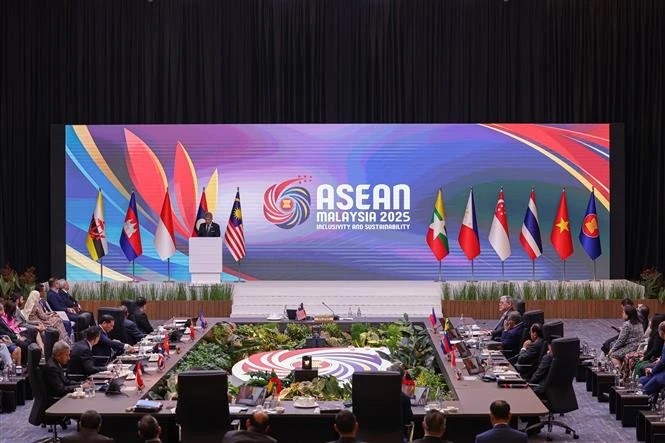April 30, 1975 Victory – Undeniable Truth in History
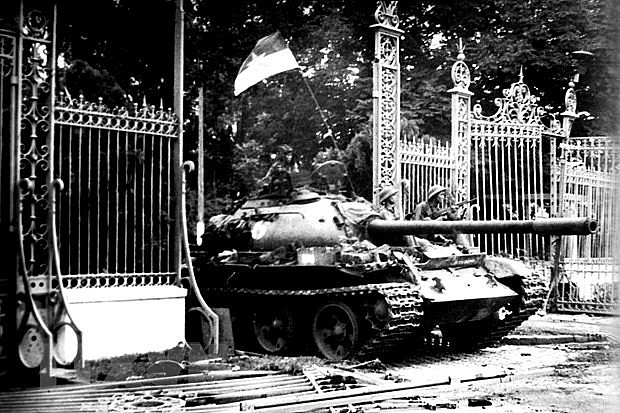 |
| The resounding victory recorded on April 30, 1975, was ultimately a key victory for Marxism-Leninism and Ho Chi Minh’s Thought. Photo: VNA |
Forty-seven years ago on April 30, 1975, the Political Bureau and the Party Central Committee realised that the time was ripe to launch a general attack named after President Ho Chi Minh on the final stronghold of the Saigon puppet government, according to VOV.
After four days of the campaign, Vietnamese troops took control of Saigon – Gia Dinh, now Ho Chi Minh City, at noon on April 30. They arrested and forced the President of the Saigon Government to declare an unconditional surrender.
The Ho Chi Minh campaign concluded in a total victory for northern forces, putting an end to the neocolonialism that the United States had taken great lengths to impose on the nation. This represents an important event in the Vietnamese history of fighting foreign aggression in the second half of the 20th century and can be viewed as having both profound historical and epochal significance.
The resounding victory recorded on April 30, 1975, was ultimately a key victory for Marxism-Leninism and Ho Chi Minh’s Thought, the ideology put forward by the Vietnam Workers’ Party, now known as the Communist Party of Vietnam, that combines the cause of national independence with socialism.
The Vietnam Workers’ Party and President Ho Chi Minh set out the revolutionary idea to lead the people’s war to a great success. They competently dealt with relations between various ethnicities and class, between national independence, democracy, and socialism, as well as between national and international interests.
They mobilised all people and the entire army to unite and participate in the resistance war and national construction, creating an aggregate strength for the nation and bringing the cause of the Vietnamese people’s resistance war against US imperialists to a complete victory.
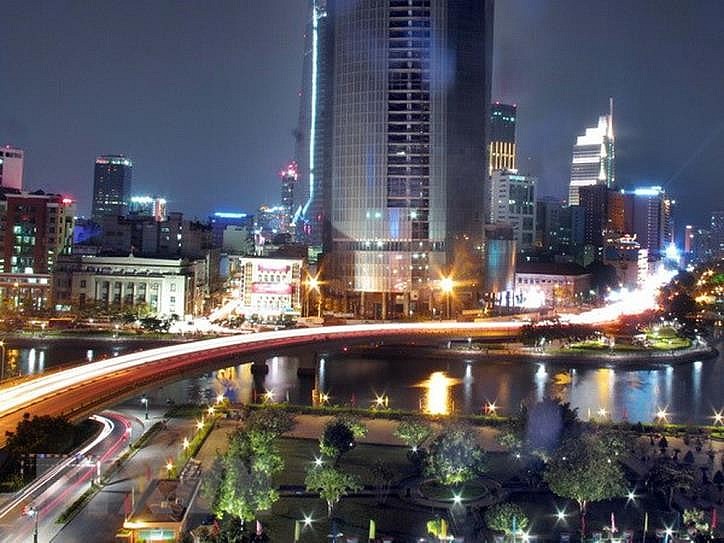 |
| A corner of Ho Chi Minh City. Photo: VNA |
General Van Tien Dung, former Chief of the General Staff of the Vietnam People’s Army during the war against the US imperialists, told Western journalists and scholars that, “Once again I would like to make it clear that all of our victories are sourced from the strength of an entire nation rising up to own the country and master its own destiny in the present-day era.”
Recently, several stories published by some media outlets, as well as posted on some websites and different social media platforms, allegedly distort the historical truth by denying the stature and significance of the victory. They insist that it is not a glorious victory, but only a natural result of the US changing its foreign policy to withdraw troops, reduce aid, and abandon the Saigon Government.
However, historical truth rejects those false claims, because the Vietnamese people’s resistance to war against the US aggressors for the cause of national salvation is a just and noble fight that aims to repel the invading US imperialists, protect socialism in the North, liberate the South, and reunify the nation.
The great victory of April 30, 1975, is the result of the heroic, resilient, and indomitable struggle of the Vietnamese people. It therefore belongs to all Vietnamese people, the Party, and President Ho Chi Minh, along with support and assistance from international friends, as well as progressive and peace-loving forces across the globe.
The fourth National Party Congress held on December, 1976, affirmed that, “Time will fly, but the victory of our people in the cause of resistance war against US aggressors for national salvation will forever go down in our nation’s history as one of the most brilliant pages, a shining symbol of the victory of revolutionary heroism and human intelligence. It will also pass into the world’s history as a great feat of the 20th century, an event of great international importance and profound epochal sentiment.”
Vietnam has been undertaking the policy of Doi Moi (Renewal), national industrialisation, modernisation, and international integration with numerous challenges and difficulties to be addressed. Despite complicated and unpredictable developments regionally and internationally, the stature, significance and value of the April 30, 1975, victory will last forever. That presents both pride and motivation for the country, whilst leaving a valuable experience for the present cause of national construction and defence.
Renunciation Day celebrated nationwide
HCM City celebrates National Renunciation Day with multiple activities
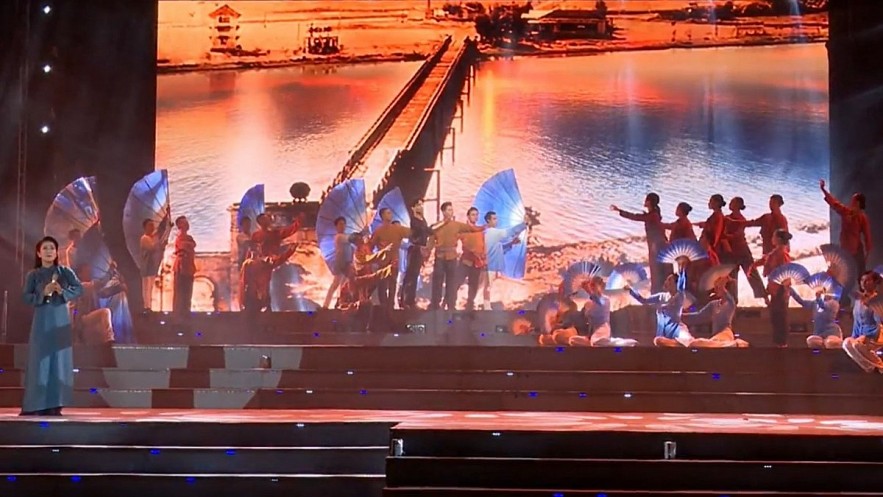 |
| A performance at the art programme. Photo: Organisers |
A special art programme was held in Ho Chi Minh City on April 29 night to mark the 47th anniversary of the Liberation of the South and National Reunification Day (April 30), according to VietnamPlus.
On this occasion, agencies in the city have also organised various attractive activities, including art programmes in Thu Duc city, and Tan Phu, Binh Tan, Can Gio, Cu Chi, Binh Chanh, Nha Be and Hoc Mon districts.
The Dam Sen Cultural Park in District 11 and the Suoi Tien tourist site also host an array of entertainment activities, offering discounted tickets.
The city plans to welcome 3.5 million international tourists and 25 million domestic holiday-makers this year. After the government decided to open the doors to international guests from March 15, the city’s tourism sector has sped up preparations and created many new tourism products.
To attract more foreign visitors this year, the city is carrying out the “Welcome to Ho Chi Minh City” programme from March 15 to September 15, with gifts to participants.
Flag-raising ceremony in Quang Tri marks Reunification Day
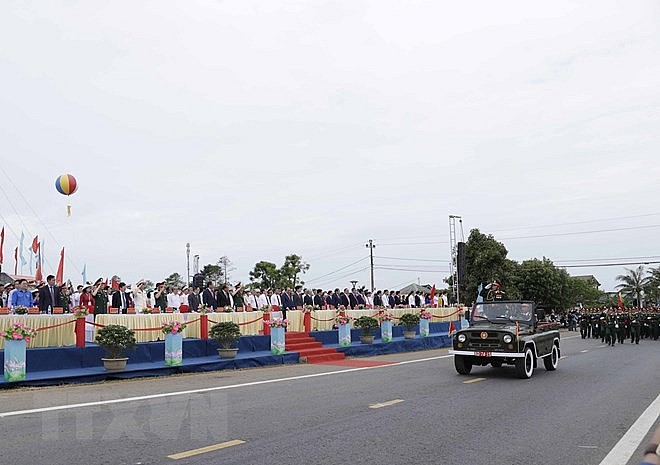 |
| At the flag-hoisting ceremony. Photo: VNA |
President Nguyen Xuan Phuc and many military and government officials attended a flag-hoisting ceremony held by the central province of Quảng Trị at the local Hien Luong – Ben Hai special national monument on April 30 morning to mark the 46th anniversary of the Liberation of the South and National Reunification Day.
The event also drew the participation of heroic mothers, war veterans, locals, and tourists, Viet Nam News said.
After the ceremony, a military parade and a boat race on Ben Hai River took place, among other activities.
The local Hien Luong Bridge crosses Ben Hai River, which divided the North and the South of Vietnam after the signing of the Geneva Accords in 1954. Though the river is just over 100m wide, it took 21 years for Vietnamese on the two banks to be united. The river and the bridge witnessed the Vietnamese people's fierce but glorious struggle against foreign invaders, reflecting their desire for and belief in victory and peace.
Earlier, the President attended a ceremony marking the 50th anniversary of the liberation of Quang Tri central province and the 81-day-and-night battle defending the Quang Tri ancient citadel (1972-2022).
Quang Tri was one of the most heavily bombed areas during the anti-US resistance war. During the renowned 81-day-and-night battle, the town of Quang Tri and the ancient citadel bore the brunt of 328,000 tonnes of bombs and artillery shells.
Earlier the same day, Phuc offered incense to pay respect to heroic martyrs at the Truong Son and Road 9 national martyrs cemeteries./.
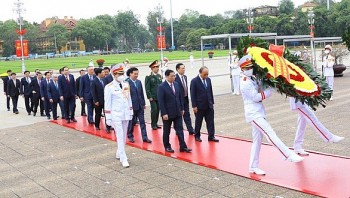 | Leaders Pay Tribute to Late President on National Reunification Day Occasion A delegation of the Party, State, National Assembly (NA), Government and the Vietnam Fatherland Front (VFF) leaders paid tribute to late President Ho Chi Minh ... |
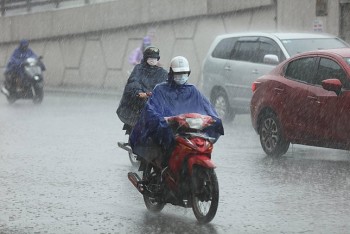 | National Holiday Weather Forecasts: Rain in Many Areas Weather forecast shows rains for most of National Reunification Day (April 30) and May Day (May 1) holiday. |
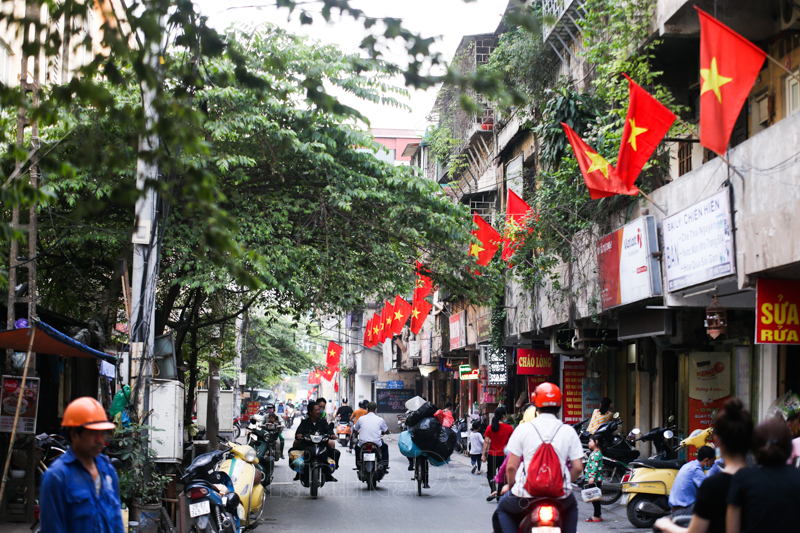 | Vietnamese Consulate in Vladivostok celebrates National Reunification Day The Consul General Nguyen Hoang Viet looks back at Vietnam's postwar development, while looking forward to enhanced Vietnam-Russia friendship |
Recommended
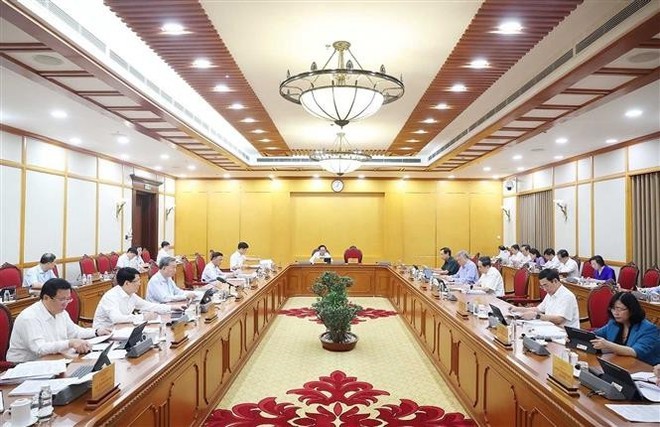 National
National
Vietnam News Today (Jun. 7): Prime Minister works with Estonian firms to accelerate projects in Vietnam
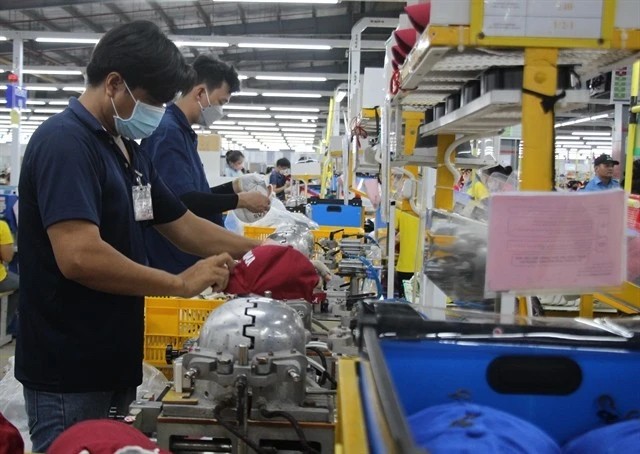 National
National
Vietnam News Today (Jun. 6): Foreign Investment in Vietnam Surges in Five Months
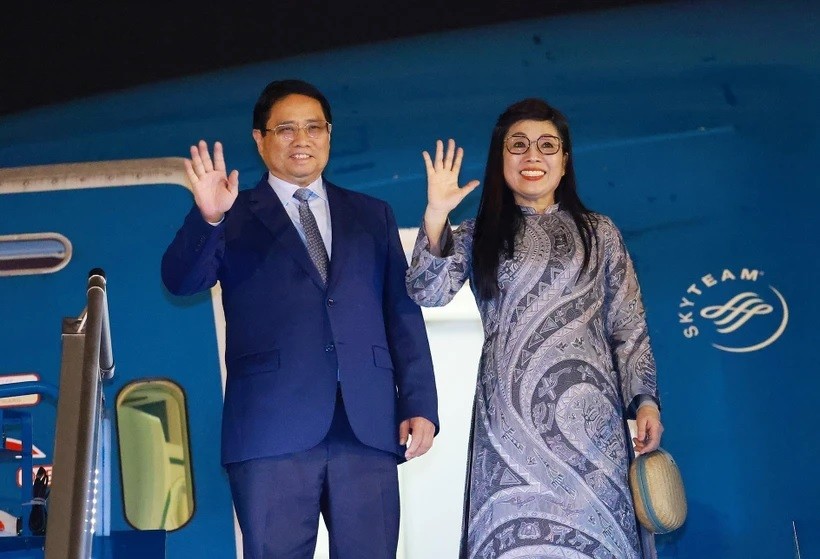 National
National
Vietnam News Today (Jun. 5): PM sets off for attendance at UNOC 3 in France, official visits to Estonia, Sweden
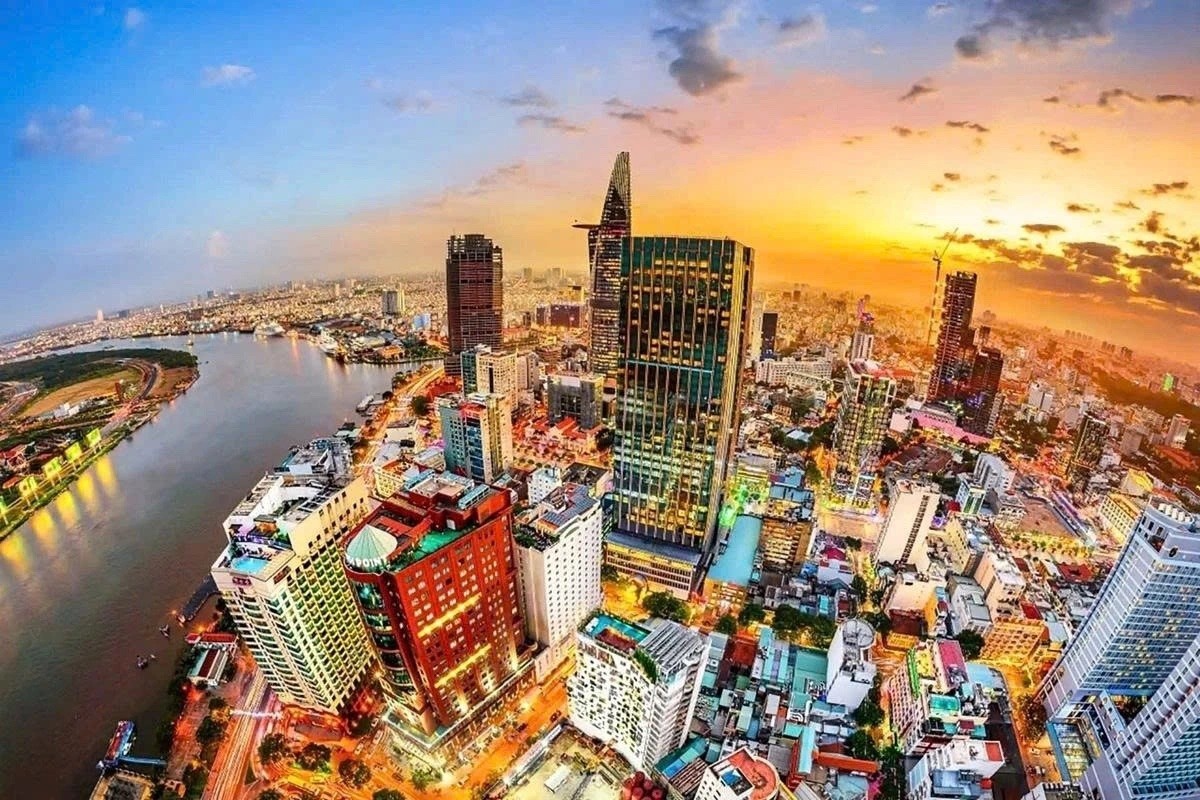 National
National
Vietnam News Today (Jun. 4): Vietnam - Promising Candidate for Southeast Asia’s Next Powerhouse
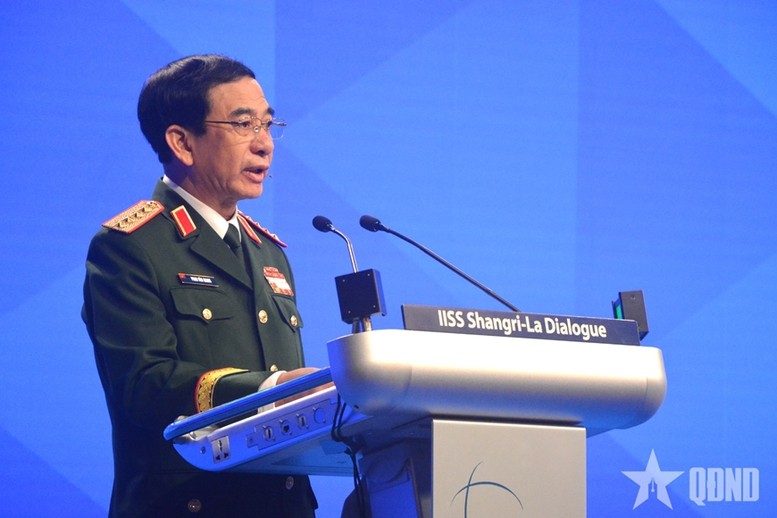 National
National
Shangri-La Dialogue 22: Vietnam Highlights Some Issues of Ensuring Stability in a Competitive World
 National
National
Vietnam News Today (Jun. 2): Vietnamese Trade Mission Sounds Out Business Opportunities in United States
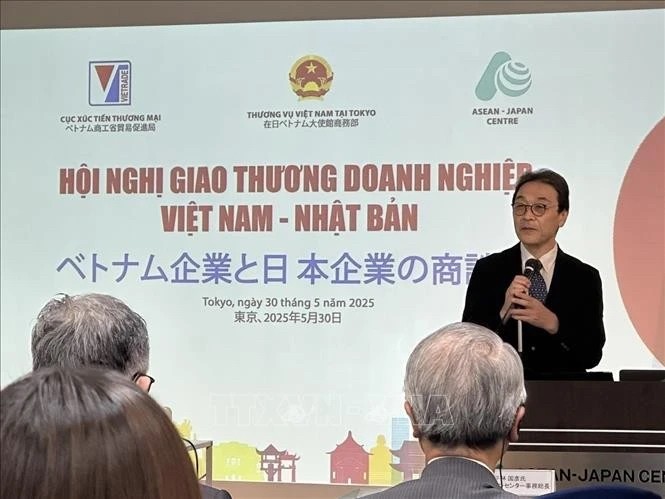 National
National
Vietnam News Today (Jun. 1): Vietnamese, Japanese Firms Foster Partnership
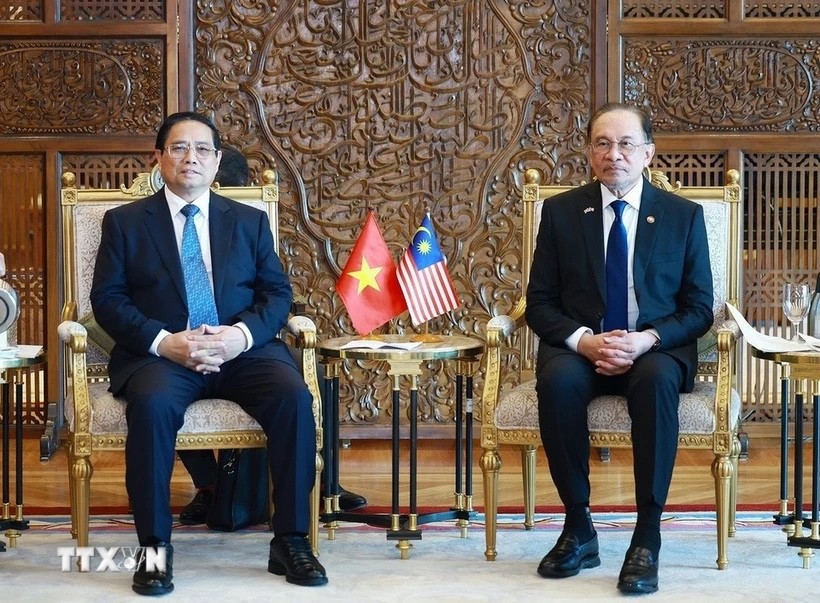 National
National


